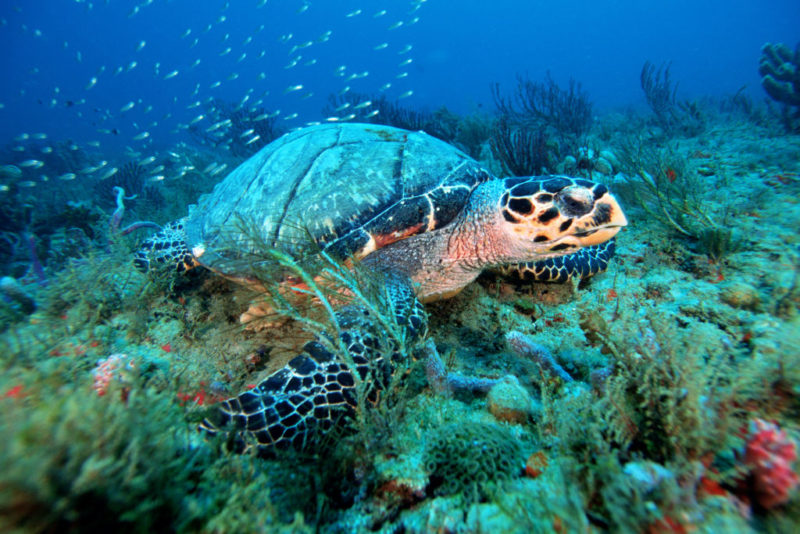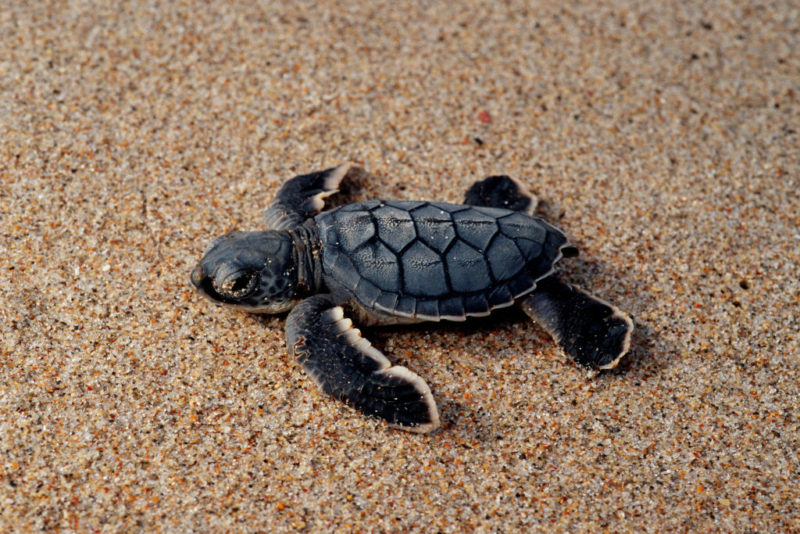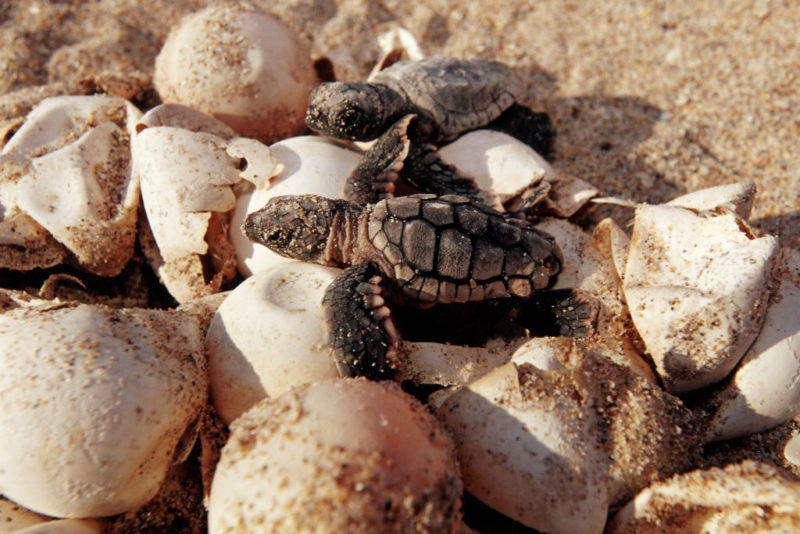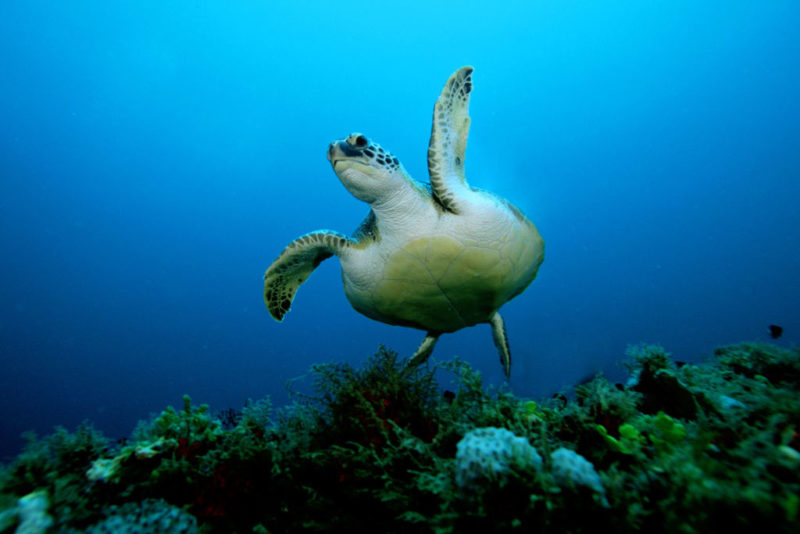Climate Change Leading to Rise in Female Sea Turtles, Decline in Males
Increasing reports out of Florida have revealed that the majority of new sea turtles hatching on the state’s beaches are female. For many, this has highlighted the continued effects of climate change on the planet, particularly when it comes to sea creatures.

The sex of sea turtles, like alligators, is largely based on the temperature of the sands on which their eggs are hatched. According to the National Oceanographic Atmospheric Administration (NOAA), eggs that incubate below 81.86° Fahrenheit will produce male turtles, while those that do so above 88.8° Fahrenheit will be female.
Temperatures that vary between the two temperature points will produce a mix of male and female turtles.

Over the past few years, Florida, where sea turtles in the mid-to-lower Atlantic Ocean tend to lay their eggs, has experienced more and more heat waves, leading to a drastic increase in the temperatures of the state’s beaches. Since the sand is warmer, the ratio of female turtles being hatched has increased.
“The frightening thing is the last four summers in Florida have been the hottest summers on record,” Bette Zirkelbach, the manager of the Turtle Hospital in Marathon, told Reuters. “Scientists that are studying sea turtle hatchlings have found no boy sea turtles, so only female sea turtles for the past for years.”

According to Zirkelbach, 99 percent of new sea turtles hatching in Florida are female – and it’s a trend that’s popping up across the world. According to a 2018 paper, while cooler beaches along Australia‘s Great Barrier Reef saw 65-69 percent of eggs hatch females, the warmer ones saw up to 90 percent of hatchlings be female.
This rise in temperature has largely been attributed to climate change. Some scientists have even begun to warn that the heat could lead to lethal incubation conditions or an even larger skew in the number of females to males, both of which could impact not only the species, but other reptiles, as well.

More from us: Tourists Flock to Iceland’s Fagradalsfjall Volcano Following Eruption
A large factor behind climate change is the burning of fossil fuels, with other factors including the continued cutting down of the world’s forests and livestock farming. All of these lead to the production of carbon dioxide, which can remain in the atmosphere for extended periods of time, influencing global temperature.





